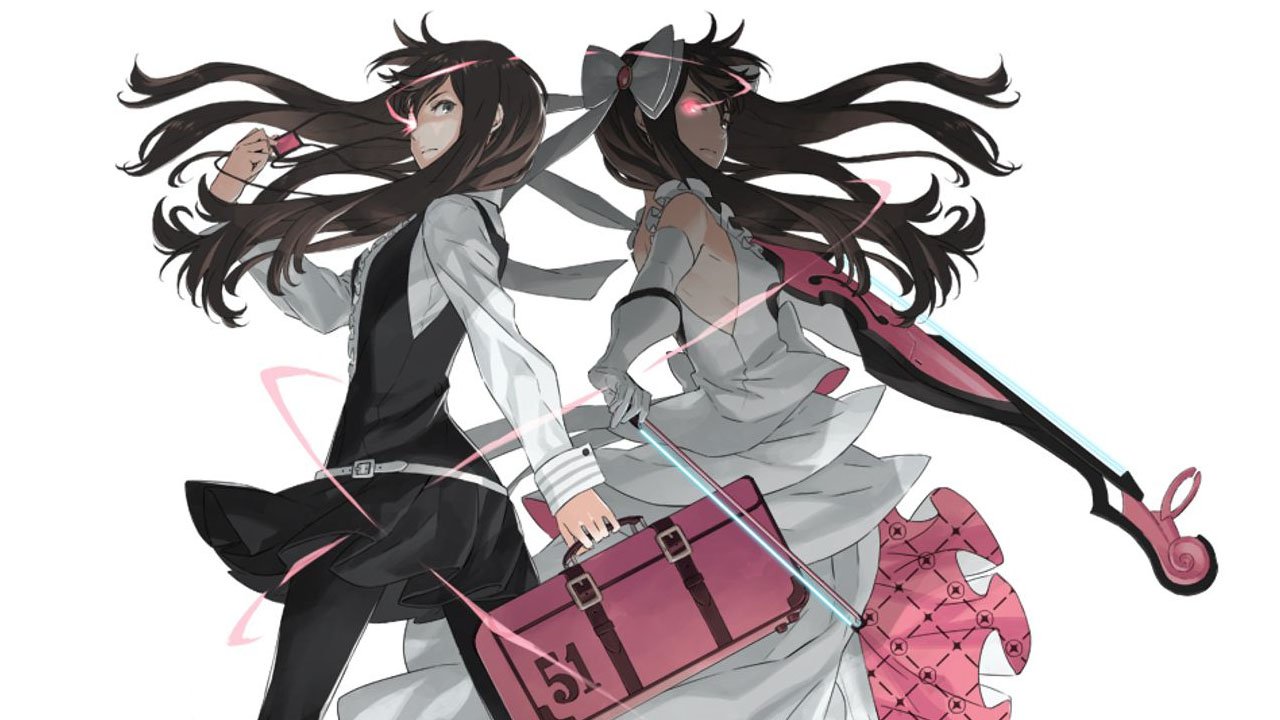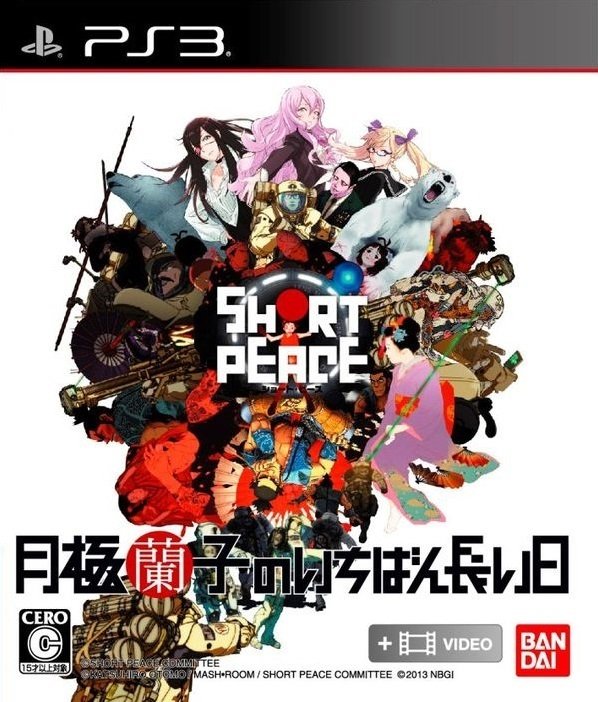Cultural Artifacts
When it comes to entertainment designed for mass consumption, no one pushes the envelope for weird as much as the Japanese. When it comes to animation, no one has embraced the medium for mass consumption as much as the Japanese. So it should come as no surprise that some of the most memorable and weird animated works come from Japan, and, of all the nations in the world, they’re the one that most frequently dips into less popular well of storytelling, the anthology. From Robot Carnival to Neo-Tokyo to Memories, various animators have contributed short films gathering under one theme. Now, we have Short Peace, and it does one better with a trans-media twist; it comes with a PS3 game as its final “short film.”
Japan On Japan

The central theme of Short Peace is Japanese history itself. The animators were given the leeway to tell any story they liked in any manner they liked, but each film had to reflect a period of Japanese history. The final result is four short anime films and one side-scrolling, endless runner videogame, each one tackling a different era. Three of the films (including one that would win an award for Akira writer/director Katsuhiro Otomo) take place in various periods of feudal Japan, while the final animated work takes place in post-apocalyptic Tokyo. All of them are expertly crafted with a lot of visual flair, some poetic imagery, and, in the case of the post-apocalyptic story, well executed mecha combat. But none of the animated films touched upon the modern day, which is where Ranko Tsukigime’s Longest Day comes in. As the final “film” in the anthology, the piece is that most popular of all modern entertainment forms, a videogame. That in itself would be enough to make it distinctive, but then it takes a deeply weird, Lynchian turn by virtue of the fact that the game—and the story told through it—are conceived by none other than Goichi Suda, better known to fans of Japanese gaming as Suda51, one of the most eccentric minds in the industry today. It is a story about a girl (inexplicably wearing an eye patch) returning from school to the compartmentalized home she owns in a massive parking garage, suddenly deciding she needs to kill her father. Then things get really weird.
Ranko Tsukigime’s Longest Day—as both a game and an animated work—is the most deranged and legitimately surreal experience of the entire Short Peace collection. It’s primarily a side-scrolling, “Endless Runner” style game in that the objective is usually to dash from left to right without stopping. Beyond that, however, it’s also a sometimes respectful, sometimes irreverent, sometimes viciously satirical commentary on the conventions of both games and anime. All of Suda51’s trademark motifs are here, the Luchadore wrestlers, the fixation with killers for hire, the casual sexiness and the unexpected bouts of comedy and violence, often at the same time.

The game itself isn’t especially difficult to play, consisting of six levels, each finished in less than five minutes once you know what you’re doing. Controls are simple, and most levels are simply about running from left to right, avoiding a horde of hands constantly chasing Ranko while shooting or hitting various enemies scattered throughout increasingly more elaborate levels. A few boss fights here and there liven things up, poking fun at various genres like the “bullet hell” science fiction side-scrolling shooters, or the old brawler games of the 8 bit days. The controls are tight and responsive, but the gameplay isn’t the real attraction, so much as the riot of colour, the nods, winks and tongue in cheek references to gaming and anime conventions, and the sheer exuberant weirdness on display with the game. The controls make sense, but NOTHING else does. The story moves from one random, dream-like moment to the next with no apparent connections or logic at work. It is the experience of the both the game and its random anime cutscenes that are the attraction here, and though the alliance is uneasy, they do manage to coexist.
Short Peace is an interesting, visually arresting collection of anime with a perplexing game thrown into the mix. This isn’t a harmonious collection, and perhaps that’s actually the point. As an anthology, each creator was asked to put their personal stamp on the era they were addressing. While it’s hard to go in depth with feudal or futuristic periods, the present, with its Otaku culture and rich geek heritage in anime and games was a fertile minefield that Suda51 happily decided to dance in. The resulting explosion is the game we are left to play with. This eclectic mix won’t be for everyone, but for those with even a passing interest in quality animation in general, and anime in particular, there’s a lot to like here. The only real criticism about the Short Peace anthology is that the entire collection is only available on the PS3, as the Ranko game is a PS3 exclusive. That caveat aside, even if you can’t play the game, watching the rest of the anthology is a worthwhile effort.






